Gust has always been a niche Japanese developer but also one of my favorites. When the first Blue Reflection launched in 2017, its interesting angle with a modern Sailor Moon-esque aesthetic and style captivated me. It was the developer’s shot at something a bit different than its flagship Atelier series.
I thought the Blue Reflection was a decent game, especially for a new IP. When Blue Reflection: Second Light was announced, I was excited because Gust has a particular knack for making good sequels, such as Atelier Ryza 2.
Blue Reflection: Second Light is no exception.
Blue Reflection: Second Light Review — A Magical Girl Summer
Second Light introduces a new protagonist, Ao Hoshizaki, who wakes up in her school with only a few other girls that she has no memory of. She finds her school surrounded by a vast, endless ocean and can’t recall why she’s there, or what even happened to the school in the first place. She seeks answers to those questions on a journey to return home.
Throughout Second Light, Hoshizaki meets other school girls who also have no prior memories of their arrival. Like the first Blue Reflection, you take these girls out on friendly dates to learn more about their interests and personalities. It essentially works very much like Social Links from the Persona series.
Dates also give the girls Talent Points (TP) to spend on learning new skills and abilities for battle. After each date, you receive a Fragment with a passive battle effect, which characters can equip. This creates a great gameplay incentive to learn more about the various characters.
While Second Light’s plot can be enjoyed on its own, you’ll enjoy it much more if you played the first game; it also helps to watch the 24-episode Blue Reflection Ray anime series that acts as a prequel to Second Light. The first game’s protagonist, Hinako, returns as a playable party member and a few of the characters from Ray are playable here too.
Out With the Old, in With the New
Second Light makes some big changes to its battle system to set it more in line with Gust’s recent Atelier games. The first Blue Reflection is strictly turn-based, but Second Light is a real-time turn-based hybrid; it’s very similar to Atelier Ryza. Both your party and enemies travel across a timeline, and the longer you wait in the timeline, the more Ether you accumulate, allowing you to perform stronger attacks.
As you unleash more attacks, your character’s “Gear” level increases, letting them cross the timeline and build up Ether faster. Once a character reaches Gear Level 3, she transforms into a Reflector, gaining a new outfit and expanded combat abilities. As long as you keep attacking, you’ll also increase the Combo count, which multiplies your damage output as it gets higher.
This revamped hybrid battle system is more engaging, but the new one-on-one aspect holds it back. When a character breaks through an enemy’s defenses and induces the “Knock Down” effect, the character enters a one-on-one fight. You have four options in these encounters: Attack, Support, Dodge, and Counter. Attacking, Dodging, and Countering are all self-explanatory, of course, while Support allows you to buff your stats.
When the enemy attacks, you can either hit the Dodge or Counter button to avoid damage if you time it right. The problem is that timing these inputs is strict, to say the least. When your enemy’s icon crosses the white line in the timeline, it will attack, but such small windows adversely impact the flow of combat.
More and More Like Atelier
Another big change is in exploration, which again brings it more in line with the Atelier series. In Blue Reflection, players explore Common, which has four different types of environments, but this time around, players explore Heartscapes. Each Heartscape typically has 2-3 zones within it, which are manifestations of certain characters’ emotions, fitting around them like smaller versions of Persona 5‘s Palaces.
Second Light also places a lot more emphasis on item creation, just like Atelier. By gathering materials, you can create items to use during battle, as well as structures to decorate the school.
These structures can range from a shooting range to a flower bed. Each has a passive effect like increasing the party’s defensive capabilities by 10% or raising the material drop rate from defeating enemies by 5%. Additionally, these structures can be upgraded with more materials to heighten these passive effects even further.
Many of the blueprints for these structures come from side quests that the characters assign you. The structures also act as new Date spots for the characters too, unlocking more cutscenes and opportunities to earn more Talent Points.
Unfortunately, not every new addition lands. While the stealth mechanic — where you crouch to see the enemy line of sight and perform special attacks when attacking from behind — is fine by itself, some parts of Second Light rely on it exclusively. During these stealth missions, you can’t attack enemies at all. If you get spotted, you’ll have to start again from the very beginning of the area.
A Step in the Right Direction
A change that’s certainly a step in the right direction is the toned-down sexualization of the girls in Second Light. In the first game, many cutscenes show the girls in undergarments, and when it rains, you can see through their white school uniforms. It’s really creepy and uncomfortable, especially considering they’re minors. In Second Light, that’s basically absent.
The game’s PlayStation 4 version performs great on PlayStation 5 via backward compatibility, and Gust’s clean and crisp art style really shines through.
Whereas the first Blue Reflection was somewhat held back given it was also released on PlayStation Vita, Second Light shows the height this series can achieve in terms of graphics and animations. Each character has a distinctive mouth shape and the way they move their eyes convey a lot of emotion during cutscenes.
The piano-laden, calm, and serene soundtrack is a delight to listen to as well.
It’s unfortunate that there is no English dub for Second Light; only the Japanese voice track was available for review. The first Blue Reflection doesn’t have one either, but English voice acting would help immerse players who don’t understand Japanese, or would just like a second option.
Like many Japanese voiceover-only JRPGs, there are quips and lines that the characters say during a battle that aren’t actually subtitled. I felt like I was missing out on some flavor because I didn’t know what the characters were saying when they executed their attacks.
Blue Reflection: Second Light — The Bottom Line
Pros
- The revamped battle system is engaging
- Environmental variety, fantastic music, great presentation
- Removal of weird and uncomfortable sexualization of minors present in the first game
Cons
- Annoying stealth mission mechanics
- Need to play the first Blue Reflection and watch the prequel anime series for the full context
- No English voice track
Blue Reflection: Second Light is an improvement from the first game on almost all fronts. The revamped battle system and the cast of characters are incredibly captivating. While there are some new features I don’t completely jive with, I enjoyed my time with the game.
For anyone who wants to take on the role of a magical girl protecting the world from evil monsters, Second Light is well worth it.
[Note: Koei Tecmo provided the copy of Blue Reflection: Second Light used for this review.]

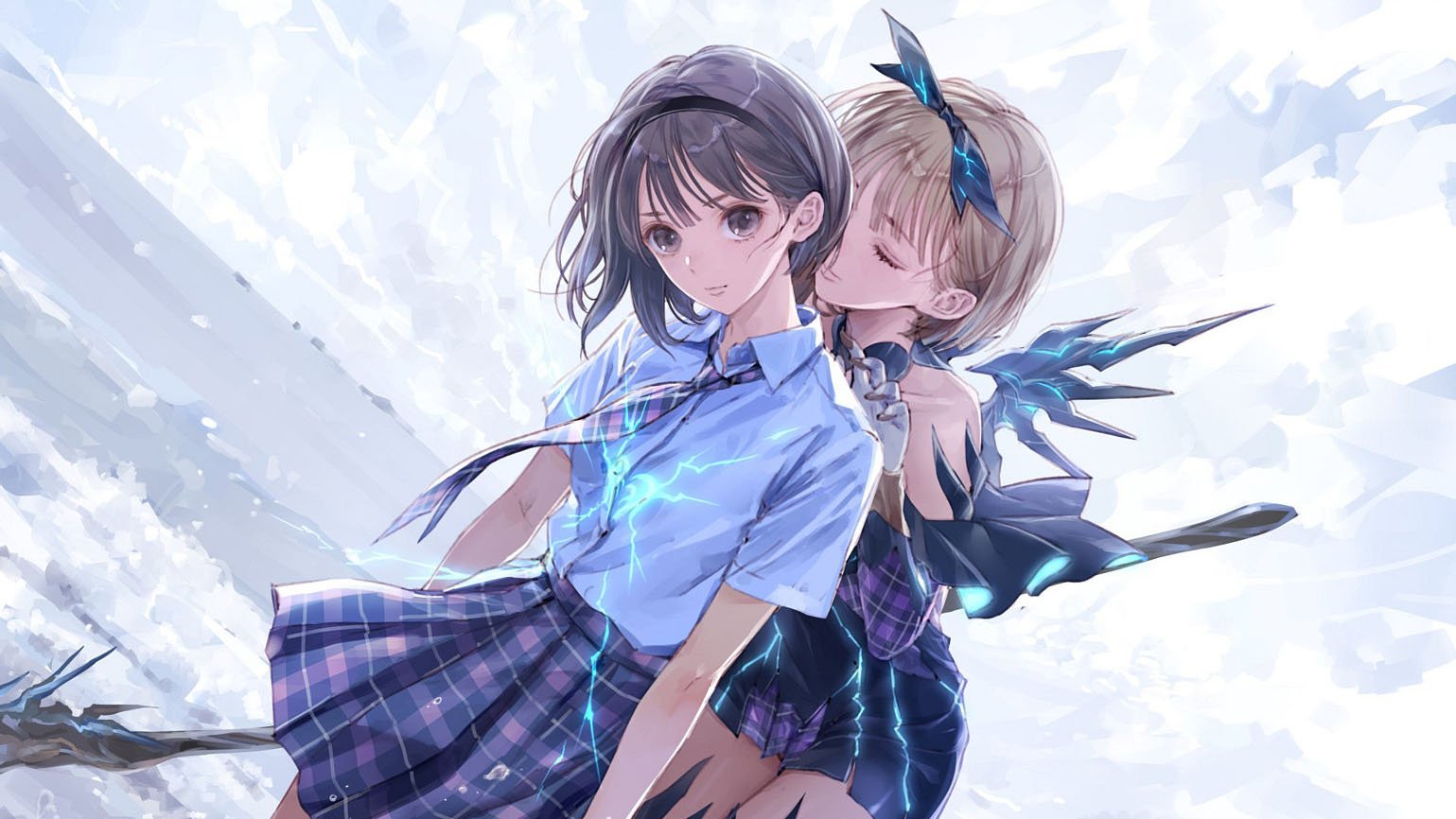
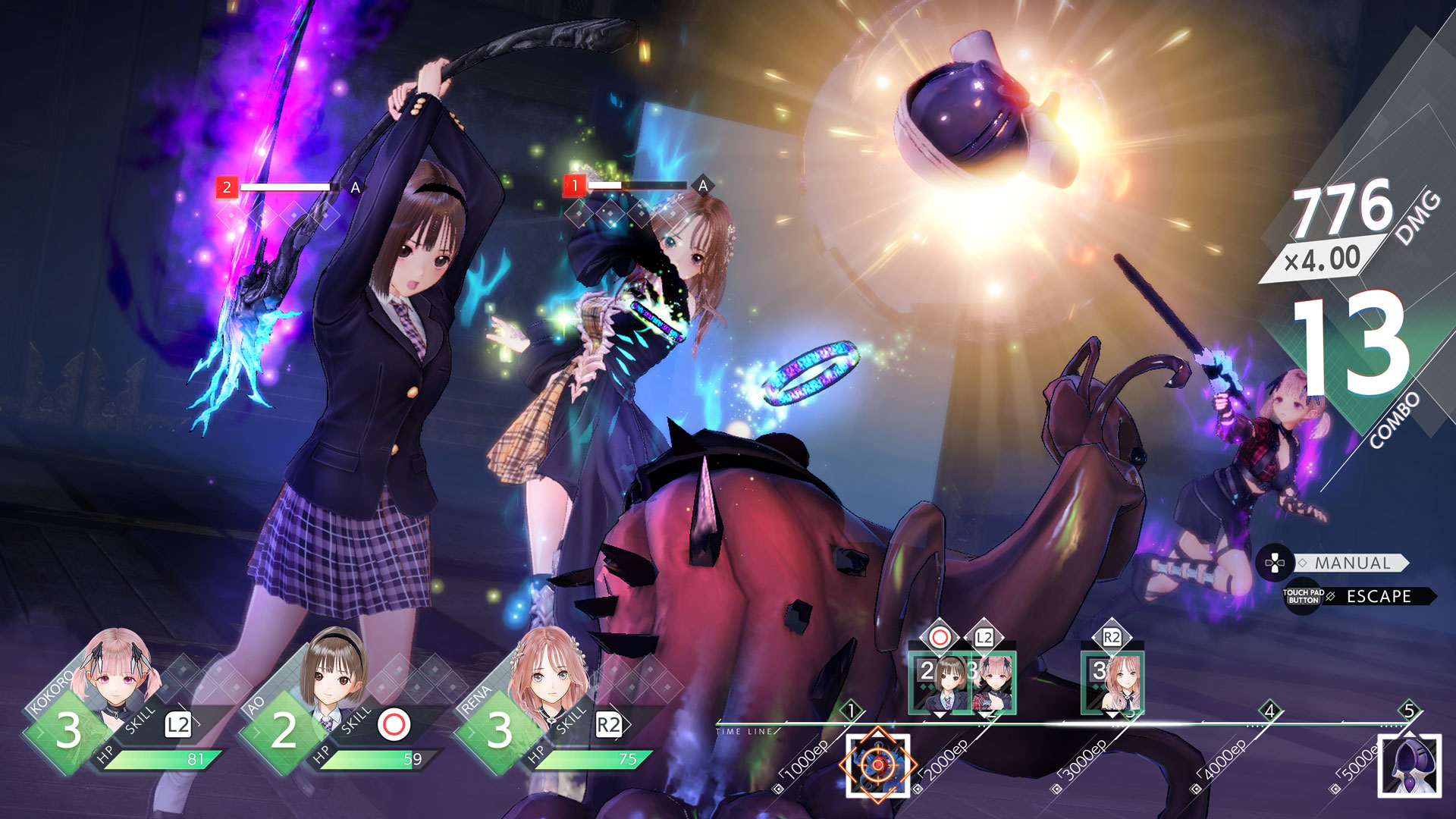
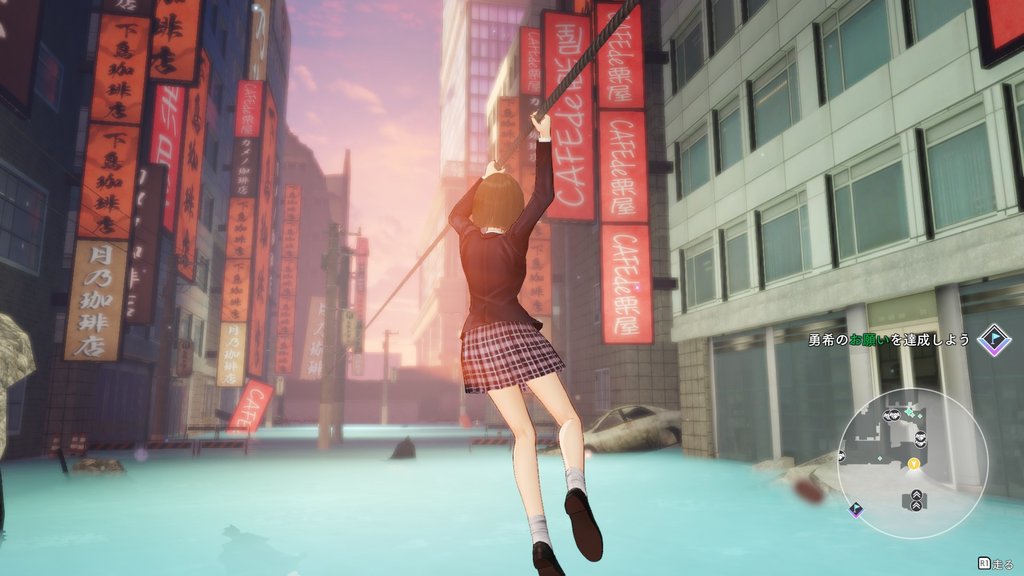
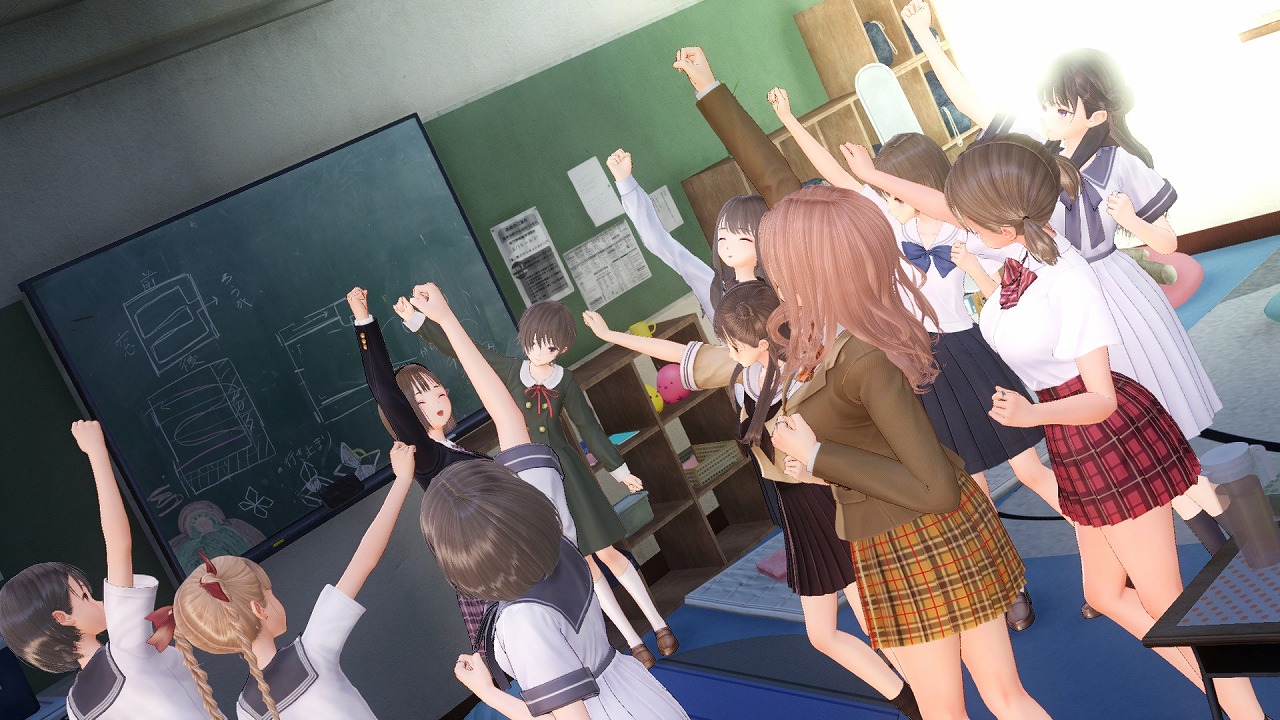
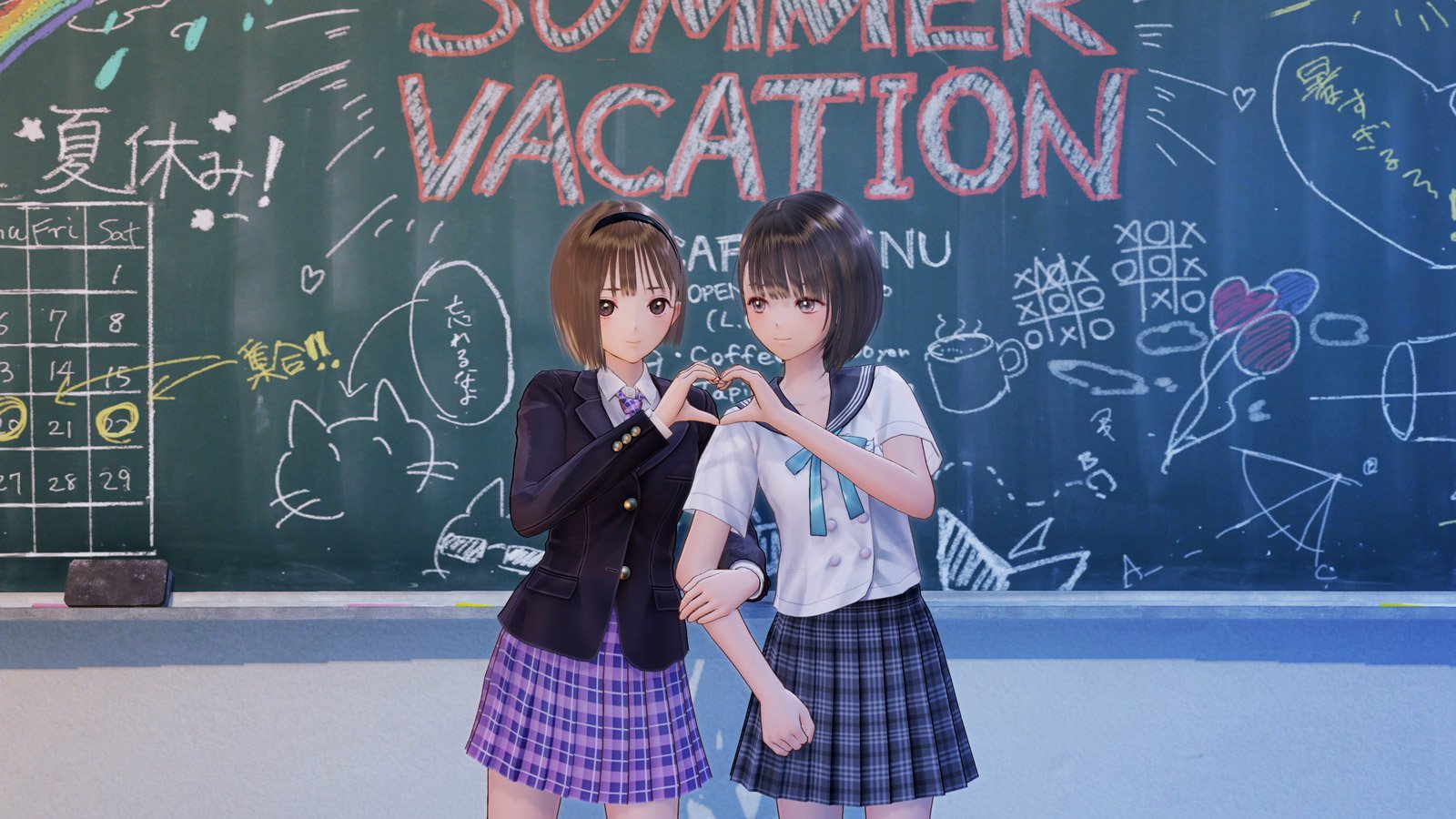








Published: Nov 7, 2021 11:53 pm